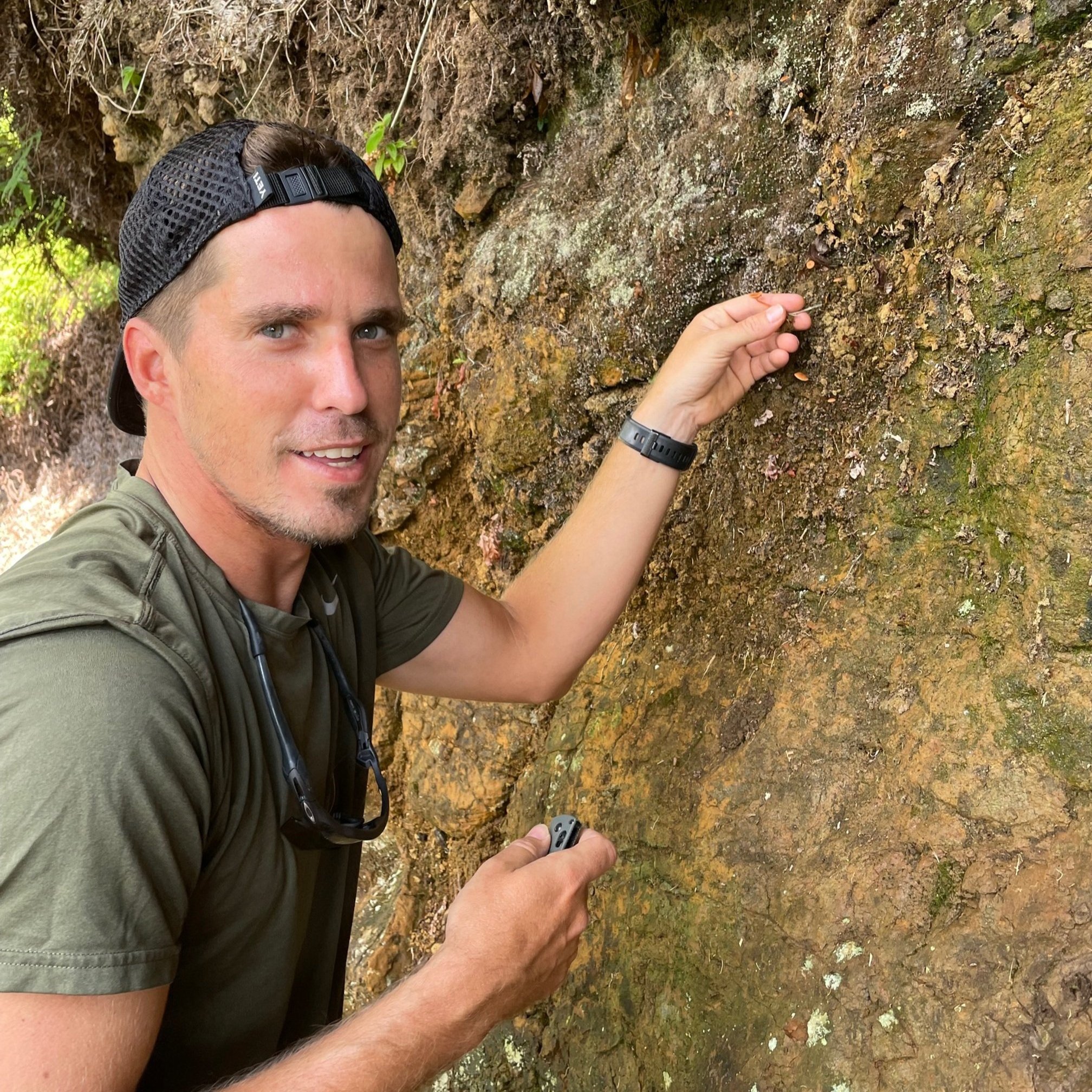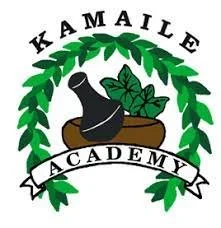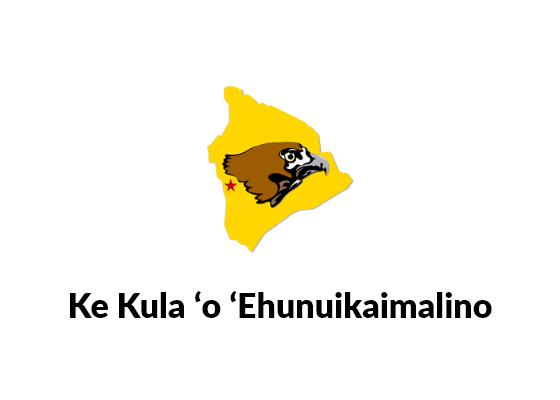This community science project was designed in partnership with the Hawaiʻi Fungi Project to engage students in developing a genetic barcode catalog of the mushroom species found across Hawai‘i's diverse ecosystems. Students collect, identify, and sequence local mushrooms, contributing towards a comprehensive database that supports biodiversity conservation, environmental monitoring, and research into Hawai‘i’s understudied mycological diversity. This work aims to enhance our understanding of our native ecosystems while inspiring the next generation of mycologists in Hawai‘i.
Kamaile Academy student collecting a mushroom along the ʻAiea Loop Trail.
ACADEMIC & COMMUNITY Partners
Ben Lillibridge, CEO Mālama Mushrooms
Dr. Nhu Nguyen, University of Hawaiʻi at Mānoa
Jack Johnson, University of Wisconsin - La Crosse
Brian Deis, Kapiʻolani Community College
Sample collection and preservation
This project utilizes the iNaturalist platform to catalog and disseminate findings in alignment with the broader mycology community. For each sample, a submission to iNaturalist is posted and the iNaturalist ID recorded. The samples are then dehydrated using a standard food dehydrator or a mushroom dehydrator at temperatures between 96 and 104 degrees Fahrenheit, depending on whether the dehydrator is partially or fully loaded. The drying time will depend on the type of mushrooms, but the aim is to have all of the moisture evaporated - usually between 12-72 hr. Samples are then stored at room temperature in sterile plastic bags along with silica dessicant beads or packets.
DNA Protocols
Most of the collection, processing and bench protocols for this lab have been adapted from standardized FUNDIS (Fungal Diversity Survey) protocols and made more accessible for use in high school classrooms. Please visit their website or protocols.io for more detail.
DNA Extraction
Equipment and reagents: OPS Synergy 2.0 Plant DNA Kit, homogenizer or bead beater, high speed centrifuge
Inter-transcribed Spacer (ITS) PCR
Equipment and reagents: PCR thermocycler, Taq Premix (i.e. Bioline), ITS primers, microcentrifuge
Gel electrophoresis
Equipment and reagents: Gel electrophoresis system, agarose, running buffer, gel stain, DNA ladder
Amplicon library preparation
Equipment and reagents: PCR thermocycler, microcentrifuge, ONT Rapid Barcoding Kit 24 v14, magnetic rack, timer
PCR products can be sent out for Sanger sequencing, but they can also be sequenced in house using a MinION nanopore sequencer fitted with a Flongle Adaptor. This protocol has been adapted to take advantage of Oxford Nanopore Technologies’ rapid chemistry for same day turnaround.
Nanopore Sequencing
Equipment and reagents: Microcentrifuge, MinION sequencer, Flongle adaptor, Flongle flow cell, Flongle Expansion Pack
Data analysis and Bioinformatics
This protocol utilizes the wf-amplicon workflow in EPI2ME, Oxford Nanopore’s free data analysis platform, to assemble consensus sequences for each amplicon. The workflow outputs consensus sequences (.fasta) that can be queried in BLAST, as well as alignment files (.bam/.bai) which can be directly visualized for the purpose of detecting heterokaryotic amplicons.
















